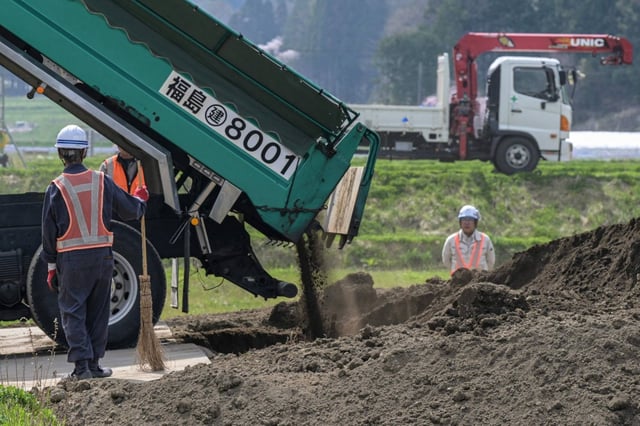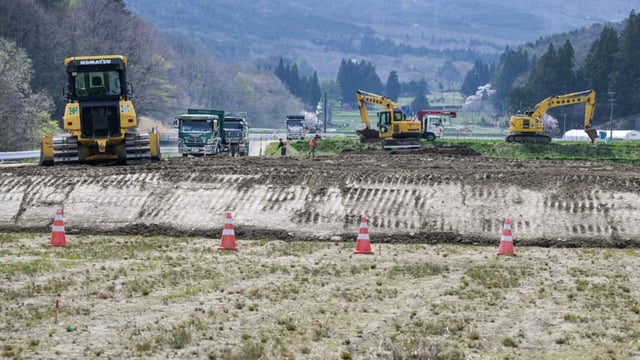Overview
- Authorities are holding 14 million cubic meters of decontaminated soil near the Fukushima Daiichi plant in interim facilities protected by clean earth and synthetic liners.
- Environment Ministry tests show about 75% of the stored soil emits radiation no greater than one medical X-ray per year and pilot uses in road and field backfills revealed no detectable runoff.
- Government plans include using the soil for embankments on roads and railways outside Fukushima and a symbolic display in flower beds at central government offices.
- The International Atomic Energy Agency has endorsed the ministry’s safety assessments, bolstering confidence in the symbolic reuse ahead of broader applications.
- Officials face local objections to moving soil into other regions and have pledged to finalize permanent disposal sites by 2045 while intensifying public engagement on safety.


